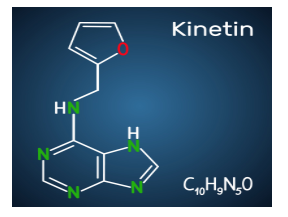JSS University Mysore 2025
NAAC A+ Accredited| Ranked #24 in University Category by NIRF | Applications open for multiple UG & PG Programs
Functions of Cytokinins is considered one the most difficult concept.
29 Questions around this concept.
You are given a tissue with its potential for differentiation in an artificial culture. Which of the following pairs of hormones would you add to the medium to secure shoots as well as roots?
Who demonstrated, for the first time, that plants could be grown to maturity in a defined nutrient solution in the complete absence of soil?
The first cytokinin was discovered by
The first natural cytokinin was obtained from
Name the first naturally occurring cytokinin that was chemically identified
Coconut milk is widely used in tissue culture because it contains
The hormone which stimulates cell division and is present in the liquid endosperm of coconut is
NAAC A+ Accredited| Ranked #24 in University Category by NIRF | Applications open for multiple UG & PG Programs
The effect of apical dominance can be overcome by which of the following hormone:
The bioassay for cytokinin is
Enlargement of cotyledons is an indication of

Tobacco Pith Culture:
Retardation of Leaf Senescence:
Excised Radish Cotyledon Expansion:
1. Cell Division:
2. Cell Elongation and Differentiation:
3. Delay in Senescence (Richmond-Lang Effect):
4. Counteraction of apical dominance:
6. Sex expression:
7. Pomalin:
"Stay in the loop. Receive exam news, study resources, and expert advice!"
